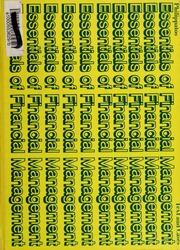11:01 l Voda NZ FINA 201 Assignment .pdf Q-1. (Annuity) Your friend is celebrating her 35th birthday today and wants to start saving for her anticipated retirement at age 65. She wants to be able to withdraw $80,000 from her savings account on each birthday for 15 years following her retirement; the first withdrawal will be on her 66t birthday. Your friend intends to invest her money in the local credit union, which offers 9 percent interest per year. She wants to make equal annual payments on each birthday into the account established at the credit union for her retirement fund. a) If she starts making these deposits on her 36th birthday and continues to make deposits until she is 65 (the last deposit will be on her 65 birthday), what amount must she deposit annually to be able to make the desired withdrawals at retirement? b) Suppose your friend has just inherited a large sum of money. Rather than making equal annual payments, she has decided to make one lump-sum payment on her 35h birthday to cover her retirement needs. What amount does she have to deposit? Q-2. (Bond Valuation) The YTM on a bond is the interest rate you earn on your investment if interest rates don't change. If you actually sell the bond before it matures, your realized return is known as the holding period yield (HPY) a) Suppose that today you buy a bond for $1,150. The bond has a face value of $1,000, 10 years to maturity, a 9 percent coupon rate, and the coupons are paid annually. What rate of return do you expect to earn on your investment? b) Two years from now, the YTM on your bond has declined by 1 percent, and you decide to sell. What price will your bond sell for? What is the HPY on your investment? Compare this yield to the YTM when you first bought the bond. Why are they different? Q-3. (Stock Valuation) Robert is aiming to estimate the stock price of Hamilton Corp. The firm had earnings $3 per share in the fiscal year of 2018. Firm management has been paying 30 % of earnings to investors in the past 15 years and will continue to do so in the future. The historical return on







